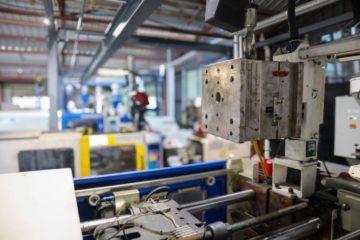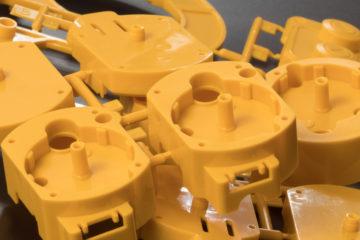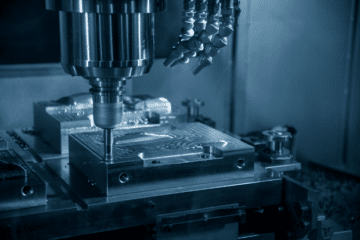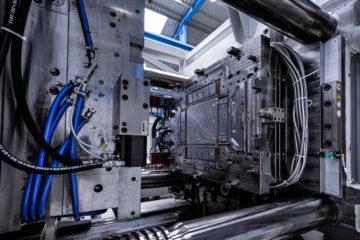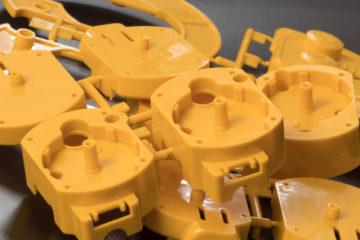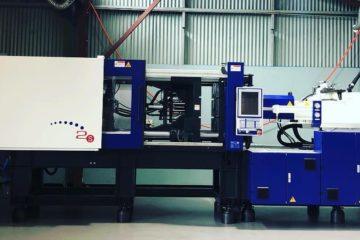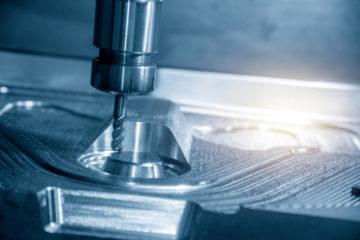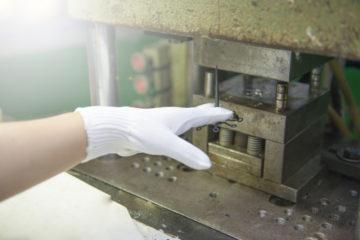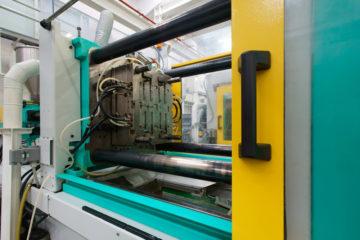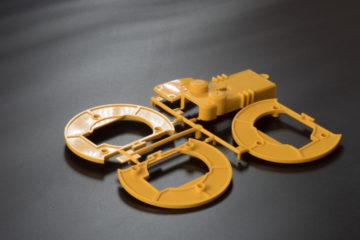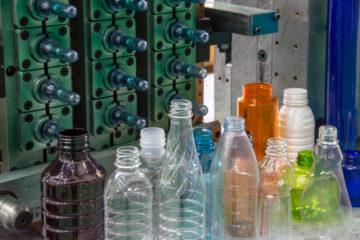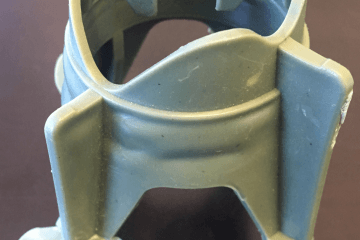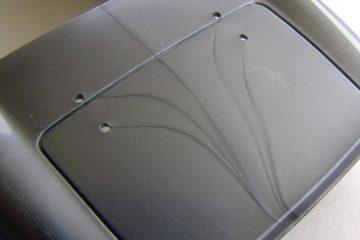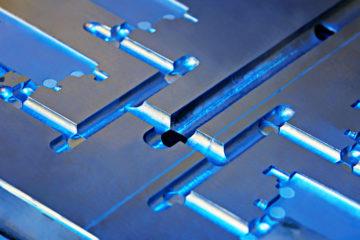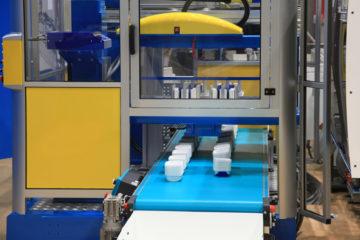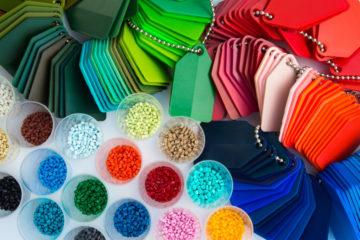There are many factors to consider when designing for manufacture through injection moulding. You need to make sure your product can be accurately and consistently produced, yet it may need particular features or parts that will require extra efforts on the part of the Toolmakers. To ensure your design is smooth and the injection mould is successful, here are ten design guidelines to follow:
- KIS. Keep it simple. Design is about uncomplicated, clean-lined products that are functional. Simple shapes, lines and curves will have your design looking fashionable and aesthetically pleasing.
- Using standards. When designing your product, don’t specify odd-sized screws and hard-to-source materials. Designing with ‘off the shelf’ standard components in mind will keep your design both efficient an affordable. People will want to use something that is easily maintained, so make your design with the end-user in mind.
- Design for ease of fabrication. Don’t make everything a challenge for the Toolmaker. Part of product design is creating something that is both pleasing to the customer and relatively easy to manufacture.
- Avoid thin walls or anything that might warp during the cooling of your mould. Creating a mould with long, spider-web thin walls or chunks that will take a long time to cool will likely result in costly warpage and rejects, leading to the need for a redesign.
- Avoid undercuts. Think about where the parting line will need to be. Avoid protrusions that will snag on the mould when it is opened.
- Threads. If they can be avoided, try not to include threads in your design. They will limit the design in terms of where the parting line must go and increase the change of rejects.
- Radii. Small, intricate parts increase the chances of rejects and will drive up your production costs. When designing corners or other features that require a radii aim for the highest possible radius you can without compromising on your design.
- Design parts that can orient themselves. If your part is a component to a larger design, consider its ease of construction. If there are any parts that may tangle or bend during construction of your product you may need to reconsider your part design.
- Efficient joining and fastening options. A good part design will include methods of fastening to other parts without the need for screws or glue.
- Design components so they can only be assembled one way. Make your part design easy enough so that a child could construct the final product. There should be no confusion as to how your part fits in to the overall design.
Designing for an aesthetically pleasing product that is both functional and easily produced can be a challenge, but is a necessary part of the design process. Plastic injection moulding remains the best method of mass production out there today.
Subscribe to Our Newsletter
Get the latest news from Dienamics into your inbox







